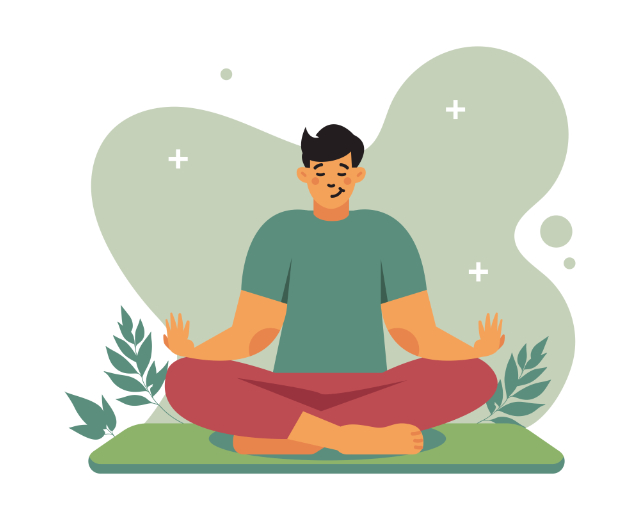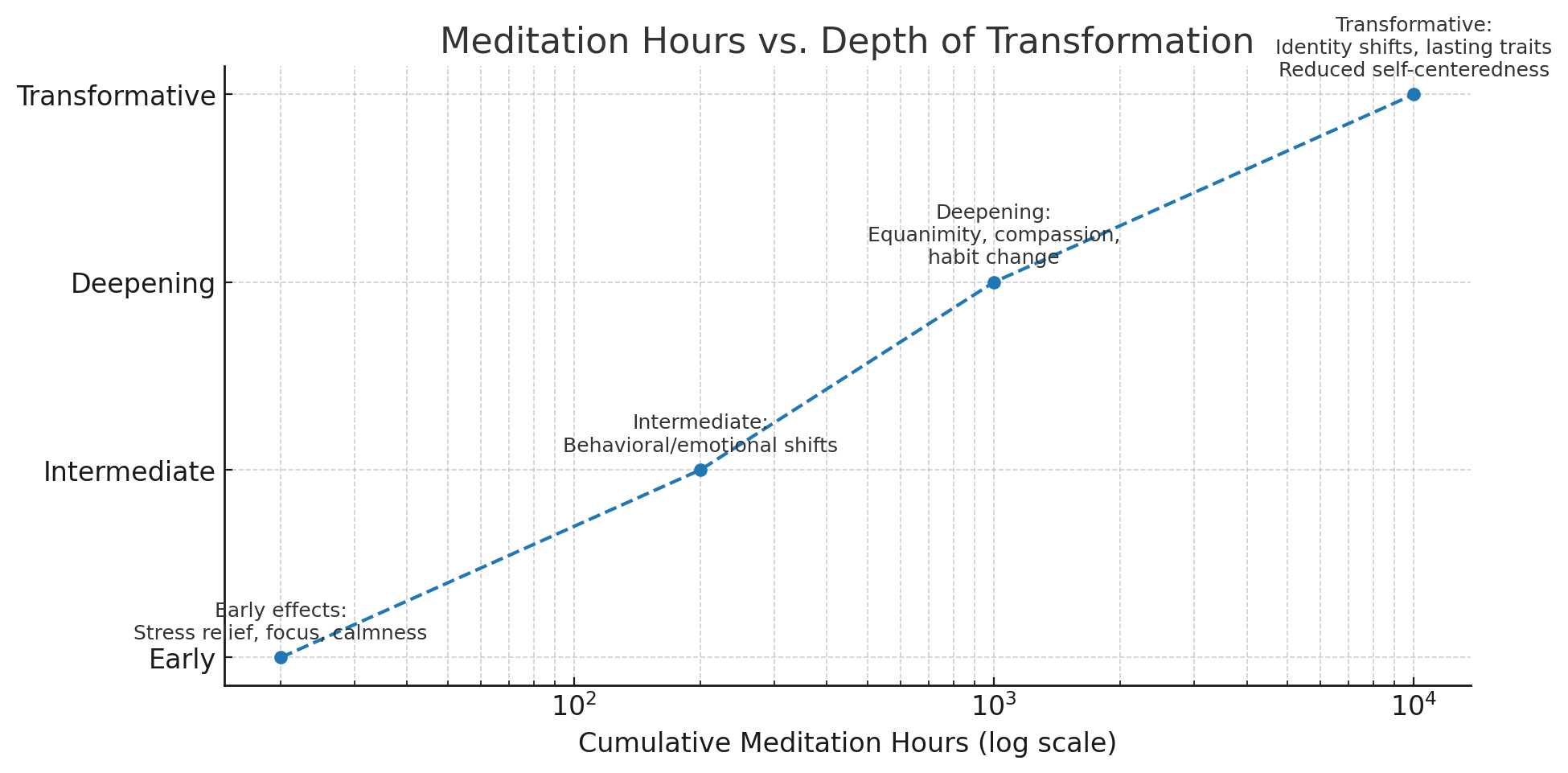The science (and math) of meditation
September 2025

By design we are self-contained independently functioning entities because of a self-regulated controlling network in our bodies called the nervous system. The part of the peripheral nervous system that performs voluntary movements is called the somatic nervous system and follows willful orders from the cognitive, analytical decision-making prefrontal cortex of the brain in the central nervous system. So when you decide to lift a weight or swim in the ocean, you manage to do so because of signals transmitted to your muscles through this system. The autonomic nervous system on the other hand is the part that functions involuntarily. A further subdivision within it called the para-sympathetic nervous system under calm physiological conditions controls the ‘rest and digest’ processes as opposed to the sympathetic nervous system in charge of the ‘fight or flight’ responses controlled by the brain’s emergency responder, the amygdala. The sympathetic nervous system is the reason why our hunter-gatherer ancestors helped us make it this far into evolution. The need for speed in urgent survival situations is such that, the amygdala takes over from the prefrontal cortex in directing valuable resources like oxygen rich blood away from the non-urgent processes like digestion and reproduction out of the heart and into the leg muscles to allow you to run faster. This amygdala-reactive response in modern lifestyle is more required by high-end athletes and not so much in escaping a chasing lion. Central to the functioning of all nervous system is the human brain which is made up of nerve cells called neurons. The neurons communicate with each other over electrical signals which are transmitted through temporarily generated messenger chemicals called neurotransmitters. In the time-sensitive ‘escape the lion’ act for example, the neurotransmitter norepinephrine is responsible for directing valuable resources towards the necessary survival responses. Human behaviors are these neurons being connected in certain pathways to form ‘circuits’ such as the stress-response circuit or the attention circuit or the compassion circuit. Repeated activation of particular circuits, over time lead to structural permanence and define who you are. The good news is that neuroplasticity works. What sets apart the brain from other organs of the human body is its ability to transform well into one’s adulthood. Retraining these neural pathways to bring the autonomic nervous system under the control of the rational prefrontal cortex and the optimum release of appropriate neurotransmitters to allow minimum divergence from cerebral homeostasis is the basis of all spiritual practices. The science of training the neural pathways through meditation is no different than the science of training other parts of the human anatomy. It follows certain rules as below:
No one size fits all
There are hundreds of meditative techniques from app-based garden varieties to highly disciplinarian ancient traditions. While the choice lies with individuals in pursuit of self-development, it is largely dependent on the environment around you that gives you the exposure and access to the various techniques. The thing that can be said with certainty is that if you are looking at science to give you tailor made answers for your specific condition or troubles, so little of this is yet proven that your best bet is a religious scripture that has been written and rewritten based on multi-generational observations. Unfortunately these time-tested extremely effective schools suffer from problems of appealing to the masses because of either their primitive connotation in modern lifestyle or the rigor in their teaching technique which brings us to the second rule:
No pain no gain
There is always resistance when it comes to learning from the masters in a week long meditation camp who sometimes employ extremely harsh pain inflicting teaching techniques. Not only does the learning sound difficult but the continued practice of it makes it an even more daunting affair. Meditation is purely a game of cumulative lifetime hours. Some research is available to demonstrate that the initial ‘awakening’ happens in the first 30 hours with apparent reduction of stress and anxiety levels and with advanced practice of over 10,000 hours leads to a fundamental shift in the idea of one’s self and identity.

For some consistency may be easier over bursts of intensity, but whatever be the preference, know this that the end result is the cumulative number of hours of practice in your entire lifetime that determines progress and milestones.
Individual effort leading to collective benefit
At the outset meditation appears to be a very self-centered activity. Absorbed in one's self, the philosophical meaning of 'purifying one's mind' actually refers to improving certain behavioral circuits such as the attention circuit which is said to be the basis of judgement, character and will. Almost all meditative practices prescribe beginning with a single point attention of a wandering mind for this very reason. Similar to attention, the empathy circuits also have been observed to fortify through these practices. From empathy stems kindness. When you have the multitude with sound judgment, character, will, kindness there is only fate of such a community.
Lastly it is important to realize that just as in the case of training the physical body, training the mental self is also dependent on factors such as diet, sleep, some physical activity, exposure to nature and respecting the circadian clock.